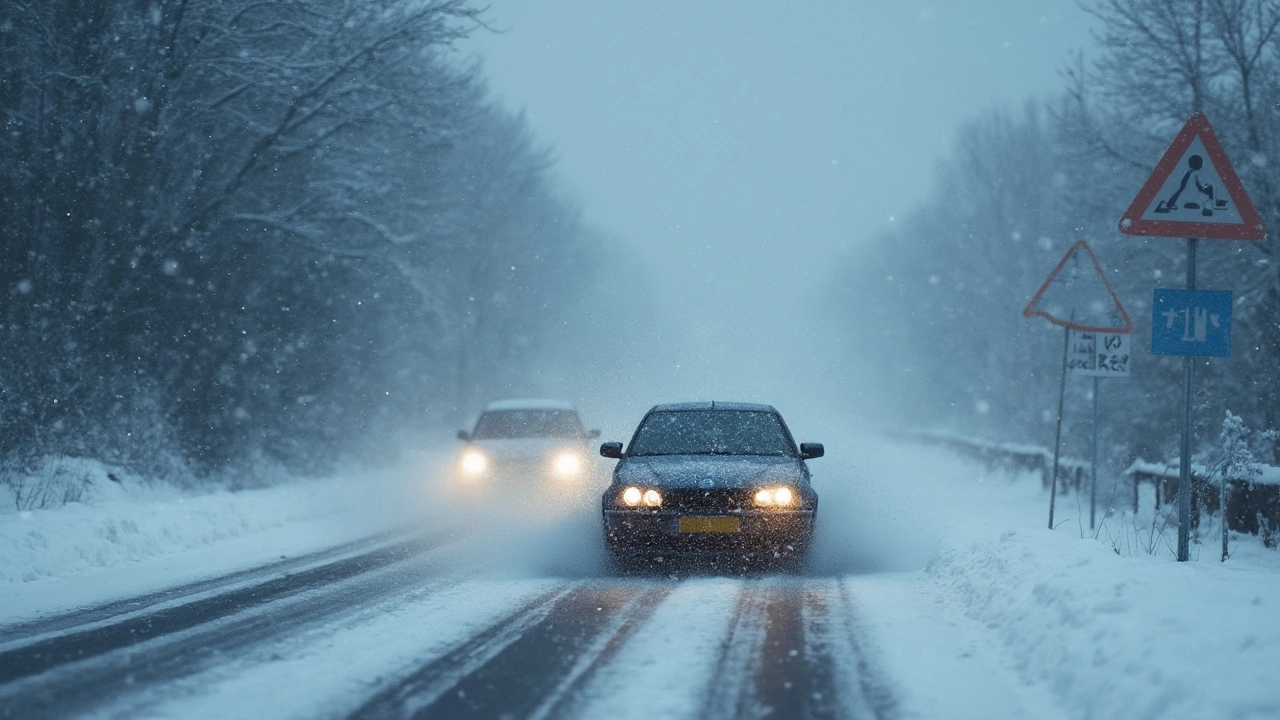Headlight Problems: What’s Going Wrong and How to Fix It
If your headlights look dim, flicker, or don’t turn on at all, you’re probably worried about safety and cost. The good news? Most headlight issues are easy to spot and fix without spending a fortune. Below we walk through the common culprits, quick DIY steps, and when it’s time to call in a pro.
Spotting the Most Common Headlight Issues
First, figure out what’s actually happening. Is one light out while the other works? Do both dim when you turn on high beams? Are the bulbs buzzing or flickering? These clues point to specific problems.
Burnt‑out bulb – The simplest cause. Bulbs have a limited life and will go dark without warning.
Bad connection or corroded socket – Even a fresh bulb can fail if the wiring is loose or the socket is full of rust.
Weak battery or alternator – Headlights draw a lot of power. If the battery is low or the alternator isn’t charging properly, lights will dim, especially on high beams.
Faulty headlight relay or fuse – Relays control the power flow. A blown fuse or a stuck relay can cut power to one or both lights.
Water ingress – Moisture inside the headlamp housing can cause short circuits and foggy lenses, reducing light output.
Quick Fixes You Can Do at Home
Before you order a new part, try these easy steps.
1. Swap the bulbs. Pull the headlight cover (usually a clip or a few screws), remove the old bulb, and replace it with a new one of the same type. If the new bulb lights up, you’re done.
2. Check the connectors. Look at the wiring plug and the socket for corrosion. A soft brush and a little electrical contact cleaner can restore a good connection.
3. Test the battery. Turn on the headlights with the engine off. If they’re noticeably dim, charge or replace the battery. With the engine running, they should brighten – if not, the alternator may need a check.
4. Inspect the fuse and relay. Find the fuse box (usually under the dash or in the engine bay), locate the headlight fuse, and replace it if it’s blown. Swapping the relay with a known good one can rule out a faulty relay.
5. Dry out moisture. Remove the headlamp assembly, let it air dry, and apply a silicone sealant around the edges to keep water out.
If none of these steps work, it’s time to seek professional help. A mechanic can run a detailed electrical diagnosis, check the ground straps, and replace any damaged wiring.
Keeping your headlights in top shape also means regular maintenance. Clean the lenses with a mild soap and a soft cloth to avoid hazy light. Avoid using harsh chemicals that can damage the coating. And consider upgrading to LED or HID bulbs if you want brighter, longer‑lasting light – just make sure they’re compatible with your vehicle’s housing.
Headlight problems can feel intimidating, but most are rooted in simple, fixable issues. By doing a quick visual check, swapping bulbs, and testing the electrical basics, you’ll save time and money while staying safe on the road. If the problem persists, don’t hesitate to let a professional take a look – a well‑lit road is worth the extra effort.
LED headlights are known for their efficiency and brightness, but there are specific situations where they might not be the ideal choice. From their performance in extreme weather conditions to potential issues with older vehicle models, understanding when to avoid LEDs can save you hassle down the road. This article explores the common scenarios where LED headlights might not perform at their best, offering practical advice for car owners. Stay informed to make the best lighting choice for your driving needs.

